
[ad_1]
Sudden, unexpected changes in your screen brightness while trying to work or relax can be frustrating. Users with Windows 11 PCs have constantly reported the issue of screen brightness changing unexpectedly. In this article, we will see what you can do if the screen brightness keeps changing on your Windows 11/10 computer.
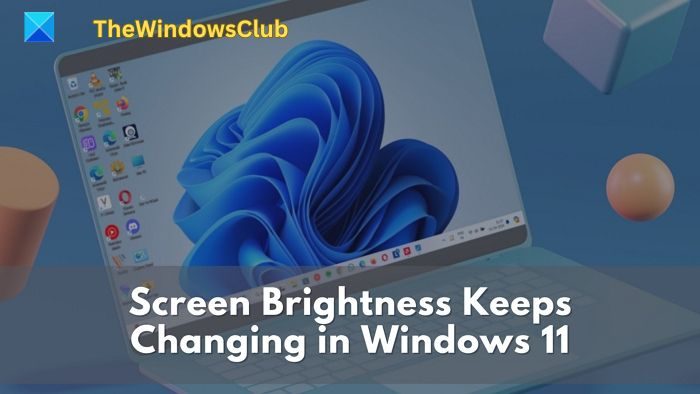
What causes screen brightness to change automatically?
The primary culprit is the Adaptive Brightness feature, which uses the ambient light sensor to detect the light in your surroundings and adjust the screen brightness accordingly. Other reasons include the usual suspects of Power management on your Windows PC. Integrated graphics settings can also interfere with the screen brightness and change automatically depending on the power source.
Screen brightness keeps changing in Windows 11
In this section, we will look at several fixes for the issue where your screen brightness keeps changing in Windows 11/10. Here’s all that’s covered:
- Turn off adaptive brightness
- Turn off Intel Display Power Saving Technology
- Turn off battery saving for Intel or AMD graphics
Before you begin, make sure that you have updated your Graphics Driver.
1] Turn off adaptive brightness
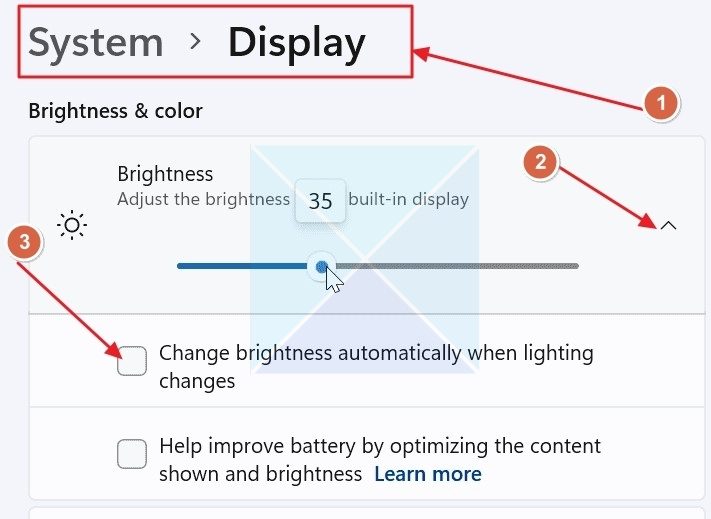
The Adaptive brightness feature in Windows uses the ambient light sensor to detect the light in the surroundings and adjust the brightness accordingly. Sometimes, the feature can unnecessarily change the brightness, or you might need to turn it off to keep your screen brightness stable:
- Open Windows settings by pressing the Windows+I keys on your keyboard.
- In the Windows settings, head over to the System section from the left pane and open Display.
- Find the Brightness option and expand it.
- Find the Change brightness automatically when the lighting changes option and uncheck the box before it.
Read: How to manage Power Management Settings in Windows.
2] Turn off Intel Display Power Saving Technology
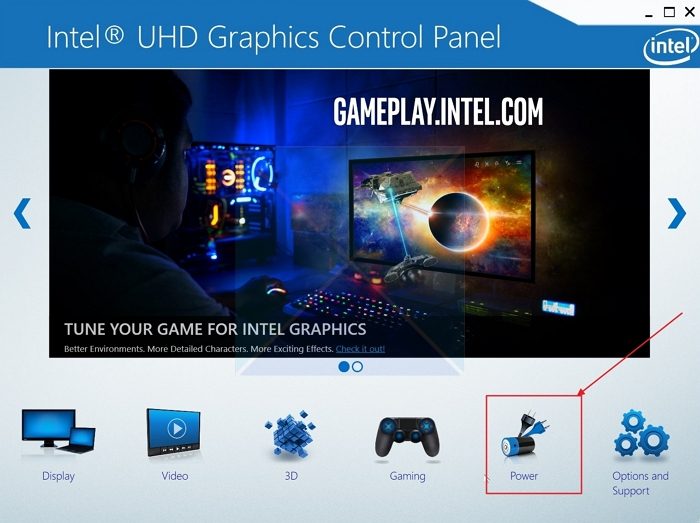
Suppose you are on an Intel CPU and have integrated Intel graphics. In that case, Intel Display Power Saving Technology is turned on by default, automatically adjusting the screen brightness to save power.
- Open the Intel UHD Graphics Control Panel application on your PC.
- In the application, open the Power.
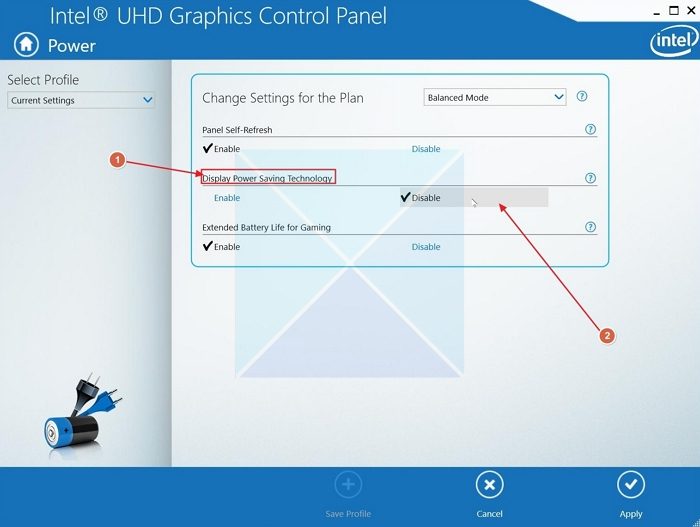
- Find the Display Power Saving Technology option and click the Disable button below.
3] Turn off battery saving for Intel or AMD graphics
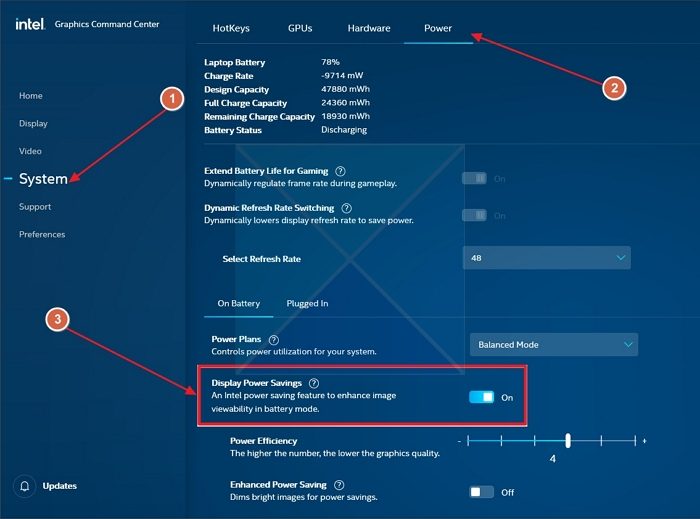
Intel and AMD, with their graphics control software, offer similar functionality and varying brightness according to the battery state of your PC. You need to turn the options off to prevent brightness from changing automatically.
Intel
- Open the Intel Graphics Command Center application.
- Head to the System section from the left pane and open the Power tab from the top bar.
- Scroll down to find the battery options, and open On Battery.
- Toggle the Display Power Savings option off.
AMD
- If you are on AMD CPU and graphics, open the AMD Software: Adrenalin Edition.
- Now, open the Gaming Tab from the Topmost bar, and then open the Display section from the bar below it.
- Find the Varibright option and toggle it off.
We hope you found the article helpful and were able to fix the issue of screen brightness changing automatically in Windows 11.
Read: Improve Battery Life when watching Movies and Videos on Windows
Is adaptive brightness available for all Windows laptops?
Adaptive Brightness is not available for all Windows laptops. This feature works with an ambient light sensor, which detects light in the surroundings and adjusts the brightness accordingly. An ambient light sensor is generally found in high-end or 2-in-1 laptops.
Does keeping the laptop plugged in preserve battery health?
Keeping the laptop plugged in always does not necessarily preserve its battery health and can even lead to faster deterioration. A battery can go through only a finite number of charge and discharge cycles. Both Microsoft and Apple have advised against keeping the laptop always plugged in. For optimum battery health, keep it between 20-80% charged.

[ad_2]
Source link
www.thewindowsclub.com
